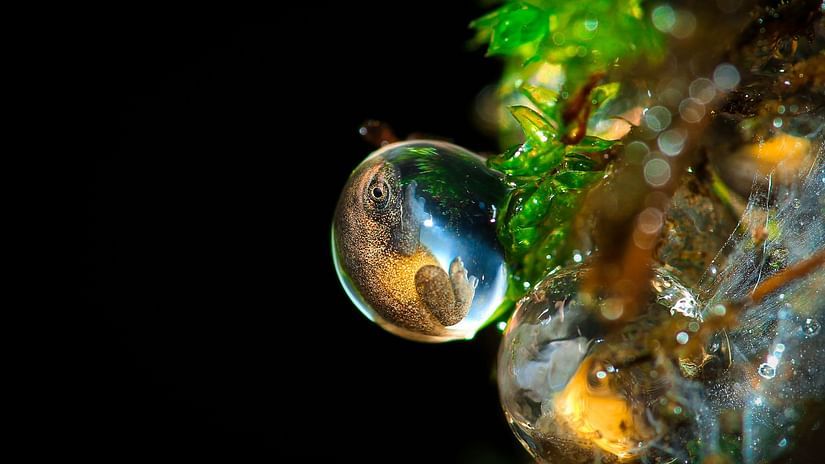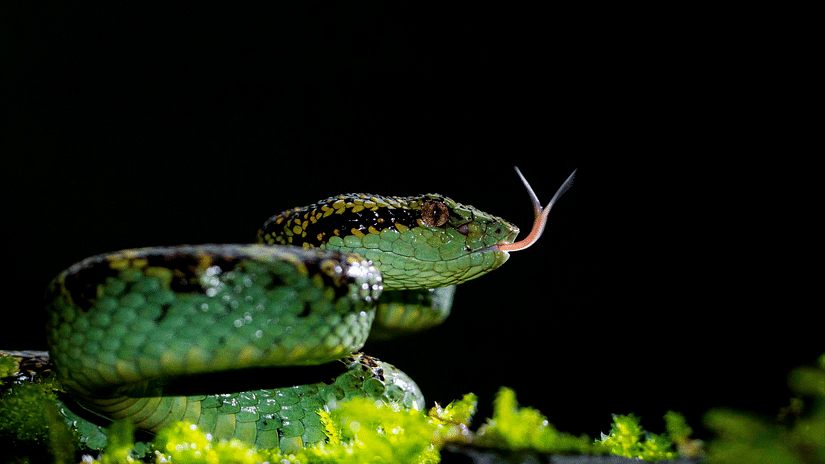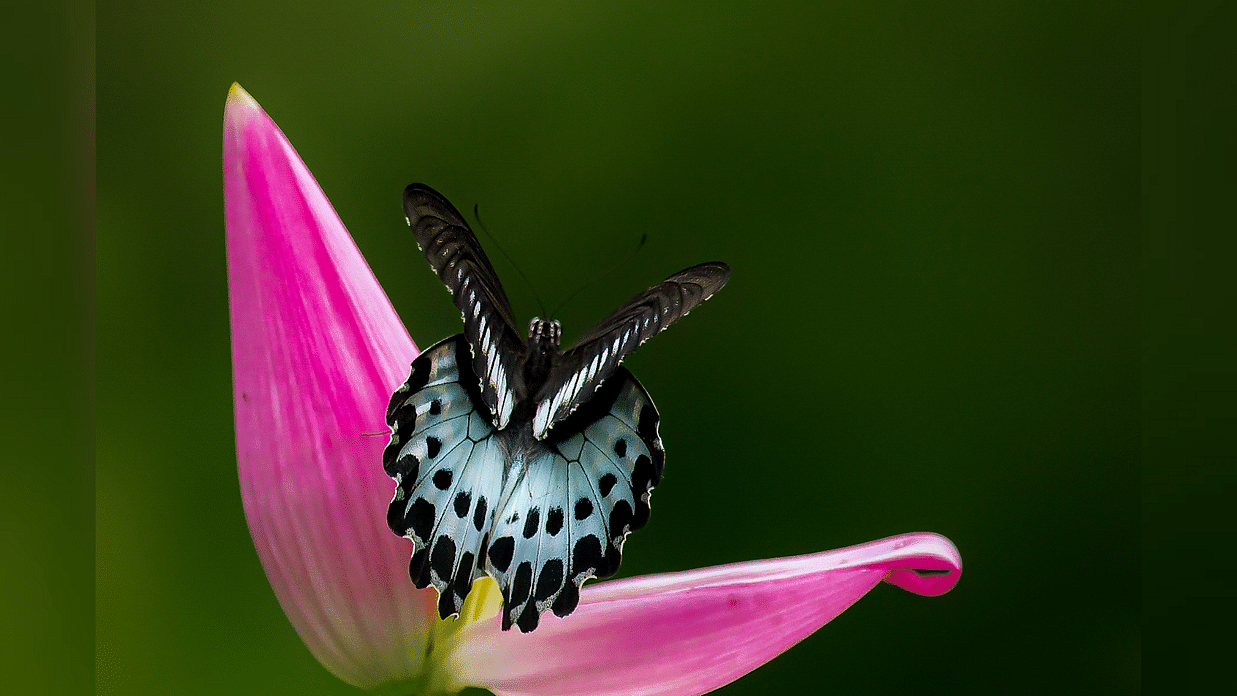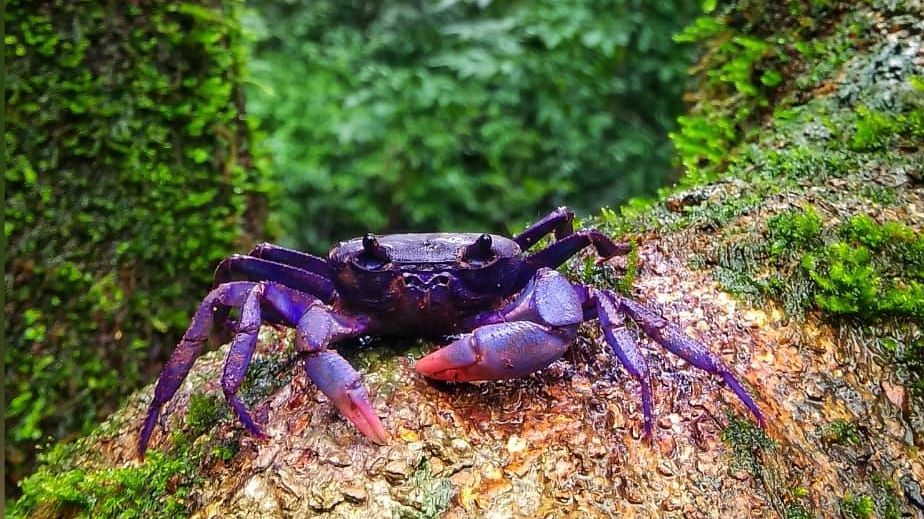- The White Lady Sings
- JEHAN NUMA’S “MAGNA CARTA” on its “HOSPITALITY ROOTS”
- Wild at Heart
- BHOPAL MON AMOUR
- Baloo the bear
- Bhopal: A neglected treasure
- Satpura – A magical wilderness
- Bhopal Through The Eyes of Time
- Satpura Safari
- Bhopal: A Neglected Treasure
- Exploring the Wilderness of Madhya Pradesh
- Farm to Soul
- Tribes of Madhya Pradesh
- The Reign of the 4 Queens of Bhopal
- Bhimbetka Caves - Glimpsing Into the Past
- Places to Visit in Satpura National Park
Growing up in Amboli, Maharashtra, a rainforest in the western ghats, wildlife has been very close to my heart. Ever since childhood, I have seen wildlife enthusiasts, researchers and experts coming to Amboli to see and observe the biodiversity of this area, especially for reptiles and amphibians. This influx of visitors coming to my hometown made me realise that I was growing up in a biodiversity hotspot. This instilled a passion for observing and photographing Amboli’s wildlife. I began documenting the wildlife of Amboli and a photograph of mine of a Amboli Bush Frog egg got recognized in the Call of the Wild Sanctuary Asia photography awards, 2015 where it got the 2nd prize. As a young adult, it was a natural choice for me to start working as a naturalist in Amboli and after almost 11 years of working here and meeting a lot of people on the way, I decided to explore other parts of India. Central India the front runner in wildlife tourism was appealing to me and I made a move to Kanha National Park where I worked for 1 year. After Kanha I decided to move to Saptura where I joined Jehan Numa Wilderness and have worked first at Reni Pani Jungle Lodge and then Bori Safari Lodge ever since.

Green Vine Snake

Amboli Bush Frog Eggs - Winner of 2nd prize in Sanctuary Asia, Call of the Wild Photography Awards 2015.
Working in Central India, we usually get leave during the monsoon, and this is the best time to find the little-known wild treasures of Amboli. When I am on holiday, it is seldom that I sit at home. This year too was no different and after spending some time indoors to finish my quarantine, I was out again exploring the landscape and habitat that I know so well. When some old friends visit it is a pleasure to guide them and find the species they seek. Wildlife is everywhere here, whether it is near the garden close to home or on Chaukal Road which is the hotspot for most species. Sometimes snakes enter villages and a conservation club that I am part of assists in rescuing these snakes and placing them safely back in the wilderness. Some of the species that I have seen in Amboli are Malabar Gliding Frog, Malabar Pit Viper, Narrow Mouthed Frog, Bombay Bush Frog, Amboli Bush Frog, Marbled Frog, Olive Forest Snake, Khaire's Black Shieldtail, Large Scale Shieldtail, Bamboo Pit Viper, Bedomes Keelback, Checkered Keelback, Sahaydri Cricket Frog, Bull Frog, Cat Snake, Green Vine Snake, Wrinkled Frog, Amboli Toad, Banded Gecko, Amboli Day Gecko, Prasad Gecko and Purple tree Crab among others.
My favourite species found in Amboli are the Malabar Gliding Frog, Malabar Pit Viper, Blue Mormon and the Purple Forest Crab. Let me tell you a bit about them.

The Malabar Gliding Frog, Rhacophorus malabaricus - The Malabar gliding frog is a common gliding frog in the Western Ghats but it is also one of the most beautiful. The “gliding” frog refers to its ability to break a leap with its webbed feet when it leaps from tree canopies. Astonishingly, this frog can leap up to 12 meters which is almost 115 times its body length. Females are much larger than males and in the breeding season many males will try to mate with a single female. Like other gliding frogs, the female deposits eggs inside a foam nest.

The Malabar Pit Viper, Trimeresurus malabaricus - Endemic to the Western Ghats, Malabar pit vipers are nocturnal snakes occurring in rain forests with altitude of 600 to 2,000 meters above sea level. They, can sometimes be seen basking on rocks and trees near streams during the day. The species preys upon frogs, lizards, nesting birds, musk shrews, mice and other small vertebrates. Its venom is not fatal to humans only causing moderate pain and swelling when bitten. Like other vipers, the Malabar Pit Viper does not lay eggs, instead it gives birth to live young; around four to five babies at a time. Three morphs are found in Amboli i.e. brown, green and orange morph.
Blue Mormon,Papilio polymnestor – The Blue Mormon is a large swallowtail butterfly endemic to South India and Sri Lanka. It is the state butterfly of Maharashtra and it is most commonly found in heavy rainfall areas like Amboli. With a wingspan of 120-150 mm, it is the fourth largest butterfly found in India. In Amboli, they can usually be seen near forest paths and around streams. The male and female of the species are very similar, but sometimes there are crimson spots on the forewing of the female. The male is fond of the sun and avoids the shade.


Purple tree crab,Ghatiana atropurpurea – Discovered as recently as 2015, the Purple Tree Crab is a tree living crab with a preference to the Jamun tree, whose fruit colour it resembles. It was found for the first time in rainwater-containing tree holes in Amboli. Before its scientific discovery, this crab was known to locals and some had seen this species scavenging on millipedes and snakes accidently killed on the road by vehicles. It’s pincers are differently sized, one being bigger than the other. Apart from Amboli, these crabs have also been seen in parts of Goa too. Due to their recent discovery, very little is known about these crabs.
Amboli is truly a paradise for lesser-known fauna and evidently there is more to discover here. So, when I am not working in Central India, I am exploring these forests to find something new each day.

Banded Gecko
-Shubham Alave, Naturalist, Bori Safari Lodge





